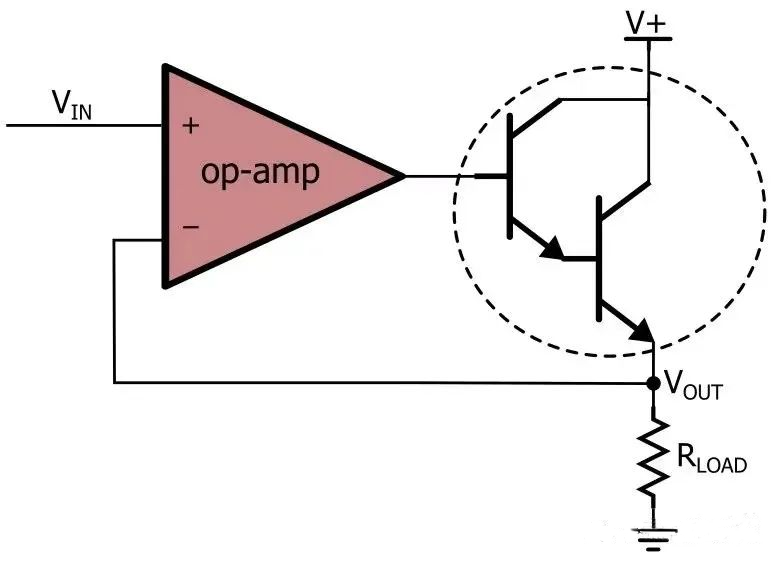選擇合適的系列電壓基準(zhǔn)源的絕對(duì)精度電壓輸出
LF = Low frequency
HF = High frequency
N/S = Not specified
Some voltage references are available as a family of parts with different output reference voltages. It's important to note that, within a given family, some specifications in the data sheet can get worse for devices with increasing output voltage. However, when these specifications are viewed relative to the reference voltage, they can remain constant or even improve with increasing voltage. One example is output noise voltage, which generally increases with output voltage because of the higher internal reference gain needed to amplify the ~1.25V bandgap voltage. Although the noise voltage is higher, the reference voltage is also proportionally higher; thus, relative noise measures, such as the ppm results in the tables above, are roughly constant. Another example is the load- and line-regulation specifications (μV/μA and μV/V, respectively), which usually worsen in absolute terms with increasing output voltage. When viewed relative to the reference voltage (in ppm/μA and ppm/V), these specifications normally remain flat or actually improve with increasing output voltage.
Key Points
These are the key points in this article:- The system designer often has multiple reference-voltage and DAC gain choices to satisfy a given DAC output-voltage range.
- Consider all error sources, not just initial error (which is important in some designs but not critical for others, such as those with gain calibration).
- Reference and DAC tempcos can be major error contributors. Check the actual required operating-temperature range, because slight reductions can decrease the error contribution from these parameters significantly.
- A common trade-off is the higher price of a reference with tight initial accuracy versus the trimming cost in product manufacturing.
- Examine the accuracy requirements carefully to make sure they are correct before selecting unnecessary, more expensive components or reworking a design that has marginal performance. It is generally very difficult (and expensive) to achieve a high level of absolute accuracy, especially at 12 bits and above.
- Worst-case or RSS analysis can be used to quantify the error, but it's ultimately up to the designer to determine if a given design is accurate enough.
References
- Pearson, Mark (Maxim), "Carefully Compare Pros and Cons To Correctly Choose An IC Voltage Reference," Electronic Design, December 18, 2000
- Kenyon, Roger (Maxim), "A quick guide to voltage references," EDN, April 13, 2000
- Miller, Perry and Moore, Doug (Texas Instruments), "Precision voltage references," Analog Applications Journal, November 1999
- Product-line pages for Voltage References and DA Converters











評(píng)論